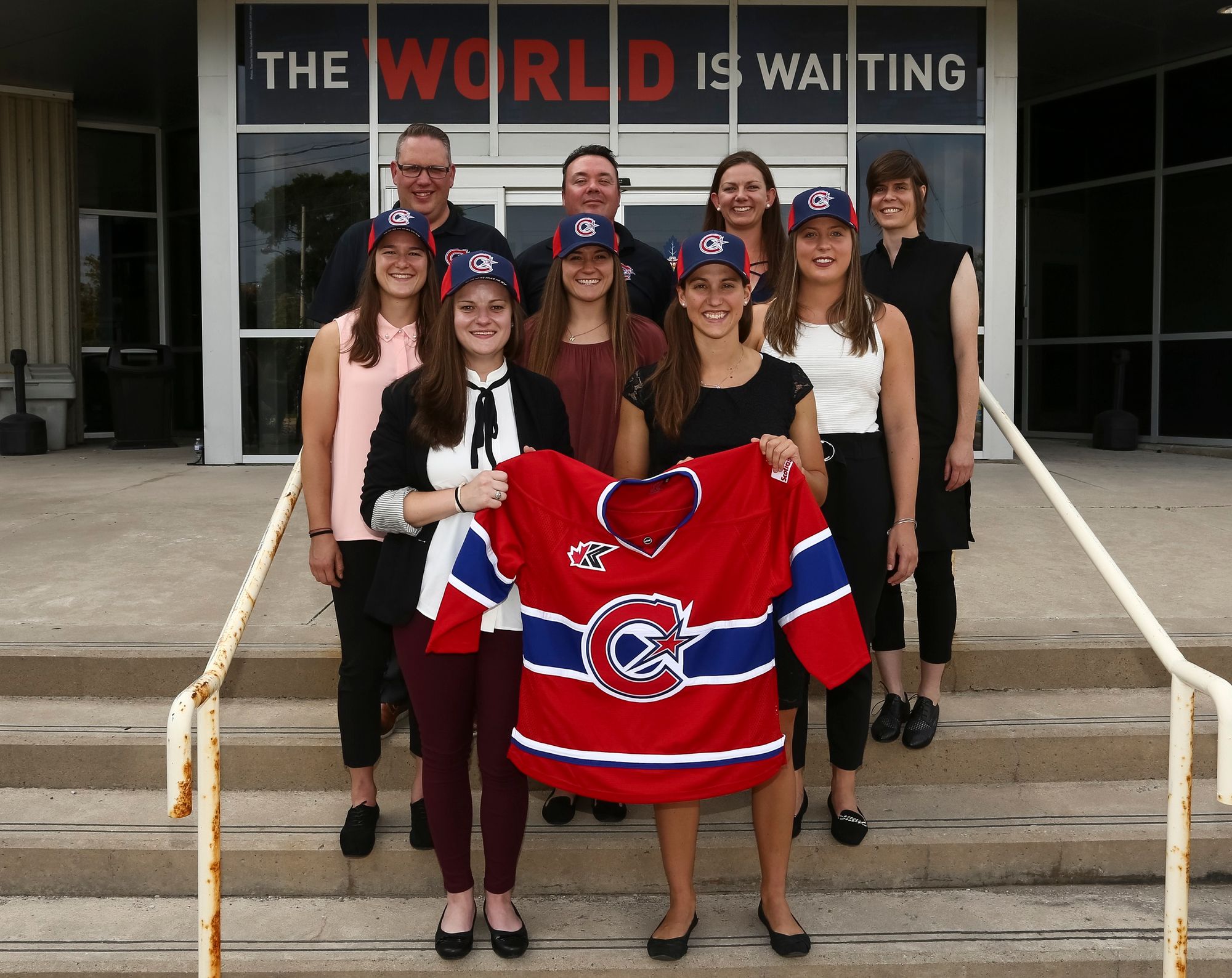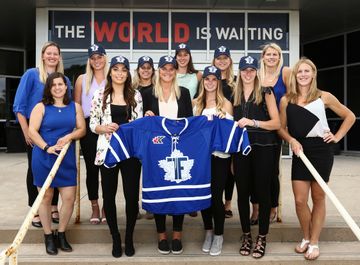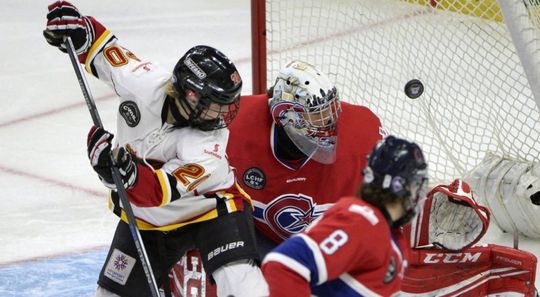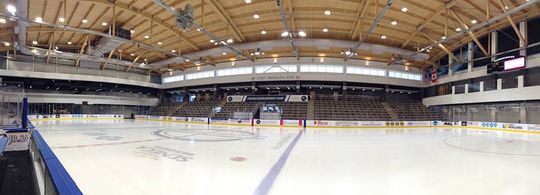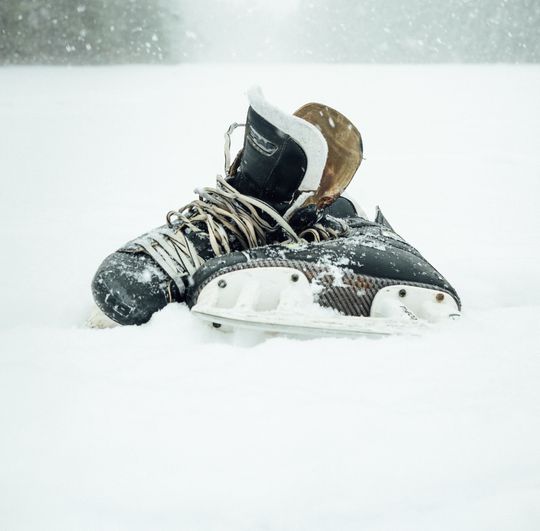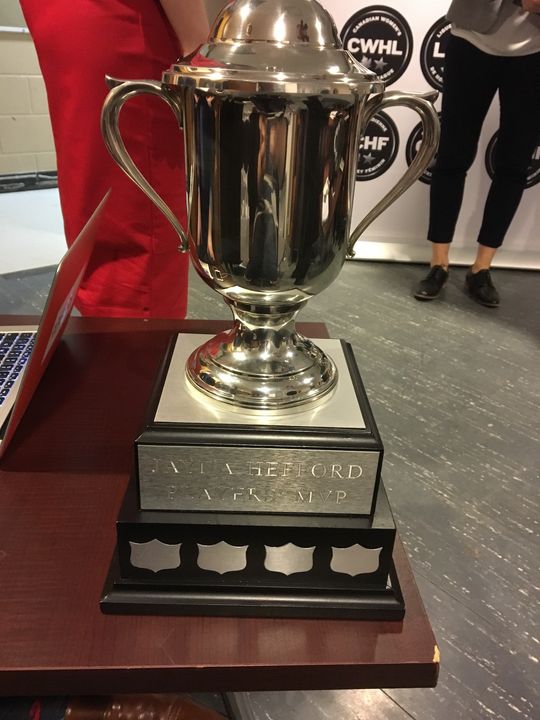Part II of the 2018 CWHL Draft in Review will focus on the Calgary Inferno, the Shenzhen KRS Vanke Rays, and Les Canadiennes de Montréal. Worcester, Toronto, and Markham are covered in Part I, where you can also find the full draft list.
Calgary Inferno
The Inferno capped off an action-packed summer by filling the needs left by off-season player movement.
↑ Location, location, location: If her hometown of Ottawa had a CWHL team, Rebecca Leslie might've just stayed there. Instead she used a process of elimination, scratching out Boston because she'd already experienced it and the GTA because she's "never been too much of a fan of Toronto." In the end she'll be taking it year-by-year in Calgary, a city she's familiar with from annual national team camps and where she has some family. She also said that she's hoping to stay in the Hockey Canada program and thinks the resources available in Calgary could help with that. It's a common refrain that, for better or for worse, players seem to benefit from being near Hockey Canada's headquarters, and the Inferno are taking full advantage. Beyond national team aspirations, it's notable that although only one prospect in the entire draft either was from or went to school in Calgary itself, they nabbed nearly every player connected to the Canadian prairies.
↑ Replacing losses: The Inferno are losing at least six forwards, two defenders, and three goalies this year (including Olympians who didn't play in 2017-18). While some of those slots have been filled by free agent signings, there were still a number of holes going into the draft. Calgary quickly claimed two strong netminders and enough skaters to make up for those leaving, though, and appears no worse for wear despite the relatively large number of veterans moving on.
Shenzhen KRS Vanke Rays
With just one Chinese CWHL team remaining in the league and half the total roster spots they had last season, the Rays only drafted three players this year.
↑ Securing commitments: Sure, it's a bit easier when you can pitch a potential Olympic roster spot, but maintaining interest over the course of a year is still good news for the program. Kimberly Newell said that Rob Morgan initially approached her for the 2017-18 season, but she wasn't yet ready to make the move. Leah Lum, meanwhile, attended a Team China try-out camp in Toronto before wrapping up her senior year at the University of Connecticut. Lum says she always knew she wanted to continue playing after college but just wasn't sure where. Newell, on the other hand, admits that even though she didn't feel a sense of closure after graduating from Princeton in 2016, she'd already given up hockey and wouldn't have returned if not for this opportunity. It's been more than a year since Newell and Lum were first in touch with Morgan, and both say they're just excited to finally jump in and get going.
↑ Roster management: Third-round pick Hannah Miller was more of a surprise, and fills Shenzhen's final international player slot. She actually played on Team BC with both Newell (2011) and Lum (2012, 2013), and they played some spring hockey together growing up. It was Miller who reached out to KRS after her senior season at St. Lawrence University and expressed interest in joining. She was offered a spot, and despite a major reshuffling and the contraction of the Vanke Rays (which reduced international player quotas from 14 to seven), the team followed through. A number of players reportedly contacted KRS last summer and were turned down, so it's interesting that Miller shot her shot and had it work out.
Les Canadiennes de Montréal
Half of Montreal's 12 picks were defenders, and Les Canadiennes didn't seem to suffer from missing out on the first and third rounds of the draft.
↑ Shoring up the defence: Despite having two national team members and the CWHL Defenseman of the Year, Montreal's defensive depth was a relative weak spot for the perennial favorites last season. Les Canadiennes picked up four consecutive defenders after pre-signed forward Geneviève Bannon, and added another two internationally-experienced defenders later on. The team is already strong up front and in goal, so a draft class deep at defense was exactly what they needed to balance out the roster.
↑ Actual, real scouting: Montreal's picks were announced not by GM Meg Hewings, but by head of recruitment Éric Hurtubise (previously of Hockey Québec). Their choices proved that that's not just a shiny title. Les Canadiennes' second selection, Taylor Willard, is a defender out of the University of Vermont who's originally from Illinois. She hadn't previously spent much time in Montreal and had no strong connections to current players; she even joked that she barely knows any Canadians. So how did she end up there? Willard said that Les Canadiennes contacted her coaches after seeing her play with UVM at the Theresa Humes tournament over the winter break. Once her college season ended, they got in touch with her directly, and she said "it felt like being recruited [to the NCAA] again." Since then, she's visited Montreal to have breakfast with Hewings and a few players, gotten a workout in at the Olympic Stadium with the team's strength and conditioning coach, and even instructed at the joint Montreal Canadiens-Canadiennes girls hockey camp. Willard was extensively scouted, recruited, and retained by a team away from her hometown, and that's exciting not just for Les Canadiennes, but for the development of the league and women's hockey in general.
(Photo credit: Chris Tanouye/CWHL)
